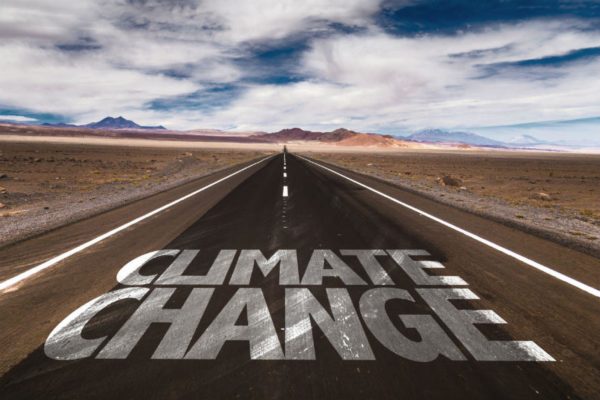President Joe Biden is deliberating on declaring a national climate emergency. Echoes of our collective delay in declaring COVID-19 a global health emergency reverberate. Yet even as we contend with more COVID-19 waves — amid extreme flooding, heat domes and droughts — the term emergency feels too ephemeral for the lingering nature of both challenges. The real emergency is the need to turn our collective inertia into collective action.
Sustaining a sense of urgency hinges on generating societal and political will. Mitigations for COVID-19 and climate change already exist — from ventilation to decarbonization — but often remain “on the shelf” due to public and political inertia. Effective strategies may therefore be less about the spread of viruses or carbon and more about the spread of approaches that generate action.
During COVID response, this meant figuring out how to turn vaccines into vaccinations. One key was being ready to rapidly advance policy when there is a sense of emergency.
For example, in New York City, an aggressive set of vaccination policies — including incentives and government mandates — only became politically feasible during the ascent of the Delta wave in August 2021, even though the seeds of this approach were planted far earlier. That response saved thousands of lives in New York City alone.
The same opportunistic approach to policymaking should be brought to bear around the heatwaves and wildfires we are currently experiencing. The energy crisis triggered by Russia’s invasion of Ukraine gives a national security impetus to embracing many of the same solutions we need for climate change. Efficiency, heat pumps, electric vehicles and domestic sources of clean energy such as wind, solar, geothermal and nuclear reduce global need for Russian oil and gas while avoiding CO2 emissions.
The Inflation Reduction Act is a solid start, particularly its measures to reward the deployment of solutions that electrify transportation and leverage the expertise of oil and gas companies for hydrogen production, carbon management and methane abatement. More must be done to accelerate adoption of solutions that facilitate the transition of utilities, such as cash-for-coal-plant clunkers programs, R&D investments, and sufficiently funded loan programs to lower capital costs for cleaner projects.
Advancing the right policy solutions hinges on effective public communication by experts and elected officials. In New York City, instead of solely publishing absolute numbers of breakthrough cases, the Health Department released visuals comparing risks between unvaccinated and vaccinated individuals, making clear that unvaccinated individuals were at least 10 times as likely to be hospitalized or die. In the same way, climate-change data, such as the increase in people dying due to excessive heat, will be most resonant when it is easy to understand, couched in meaningful context, supplemented by stories, and paired with feasible solutions.
Another part of public communication is guarding against the belief that scientific advances are panaceas. The “Swiss cheese model” for COVID-19 was a useful metaphor to emphasize that each layer of viral defense (e.g., vaccination or masking) has holes, but multiple layers maximize protection.
In climate change, a single carbon-capture technology or renewable-energy breakthrough is unlikely to be enough. We need those innovations, but we also need better urban planning, conservation and behavioral shifts. One example is flexible telework policies, which reduce emissions through fewer commutes — with the added benefit of slowing the spread of COVID during periods of higher transmission.
Shortcomings during COVID-19 are also learnings for climate. The pandemic showed us that even miraculous breakthroughs, like the mRNA vaccines, can flounder in the face of misinformation and mistrust. Inoculating against misinformation, particularly in communities with low levels of trust in government, can reduce avoidable suffering due to climate change. Unexpected messengers help convey the scientific consensus on the need for action. For instance, Darren Woods, CEO of ExxonMobil, recently stated that 100% of global personal vehicle sales in 2040 will run on electricity. Voices who can soften the sclerosing of harmful behaviors into identities — as was seen with anti-masking attitudes and political conservatism — are particularly important.
The greatest lesson of COVID-19 may be that humans can relatively quickly become acclimated even to significant levels of suffering. In the earliest days of the pandemic, we distanced and donned masks not just for ourselves, but also for those most vulnerable. But that need to protect tapered off. The future of COVID-19 and climate change requires us to figure out how to elongate the impulse to protect — how to fuel sustained action by turning from apathy toward empathy.
Michael E. Webber is the Josey Centennial Professor in Energy Resources at The University of Texas at Austin and chief technology officer at Energy Impact Partners.
Dave A. Chokshi is a physician at Bellevue Hospital and a visiting fellow at the New York Health Foundation. He served as the 43rd health commissioner of New York City.
A version of this op-ed appeared in The Hill.




